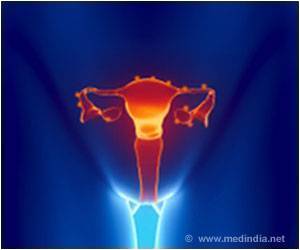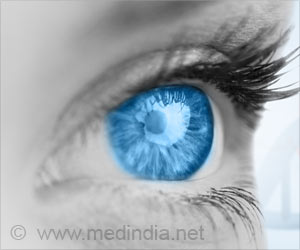The researchers of McMaster’s Centre for Metabolism, Obesity and Diabetes Research performed MRI scans to measure BAT activity in 26 boys between the ages of eight and 10. They studied the BAT tissue in the neck before and after one hour of exposure to a cold suit set at a temperature of 18 degrees Celsius.
The patient sample included 13 boys with a normal BMI and the same number again with obesity, in the first study of its kind in children.
“The promise of this study is that if we can better understand BAT and how to mimic or stimulate its effects, it might offer us new therapies to treat obesity,” said Morrison, a professor in the university’s Department of Pediatrics and pediatrician at the McMaster Children’s Hospital.
“Beyond helping families improve their nutrition, physical activity, and sleep, we have few treatments to assist children and adolescents with obesity. There are new medications that reduce appetite used in some adolescents. Investigating BAT activity holds out the hope of developing a new class of drugs that increase the amount of energy you burn.”
However, Morrison said that it is still unknown whether a lack of BAT activity causes obesity, or if the condition simply impairs brown fat’s ability to burn energy.
She said that newborn babies have large amounts of BAT, but it steadily decreases through childhood, so that by adulthood it is mostly present only in the neck region. The reason for decreasing brown fat levels in children remains unknown.
Morrison said her team used MRI scans to measure BAT activity as it did not expose the boys to ionizing radiation, unlike CT or PET scans. This potential safety risk has impeded research in children until now.
This study was funded by an internal grant from the Boris Family and external funding for the study was provided by the Canadian Institutes of Health Research.
Source: Eurekalert



